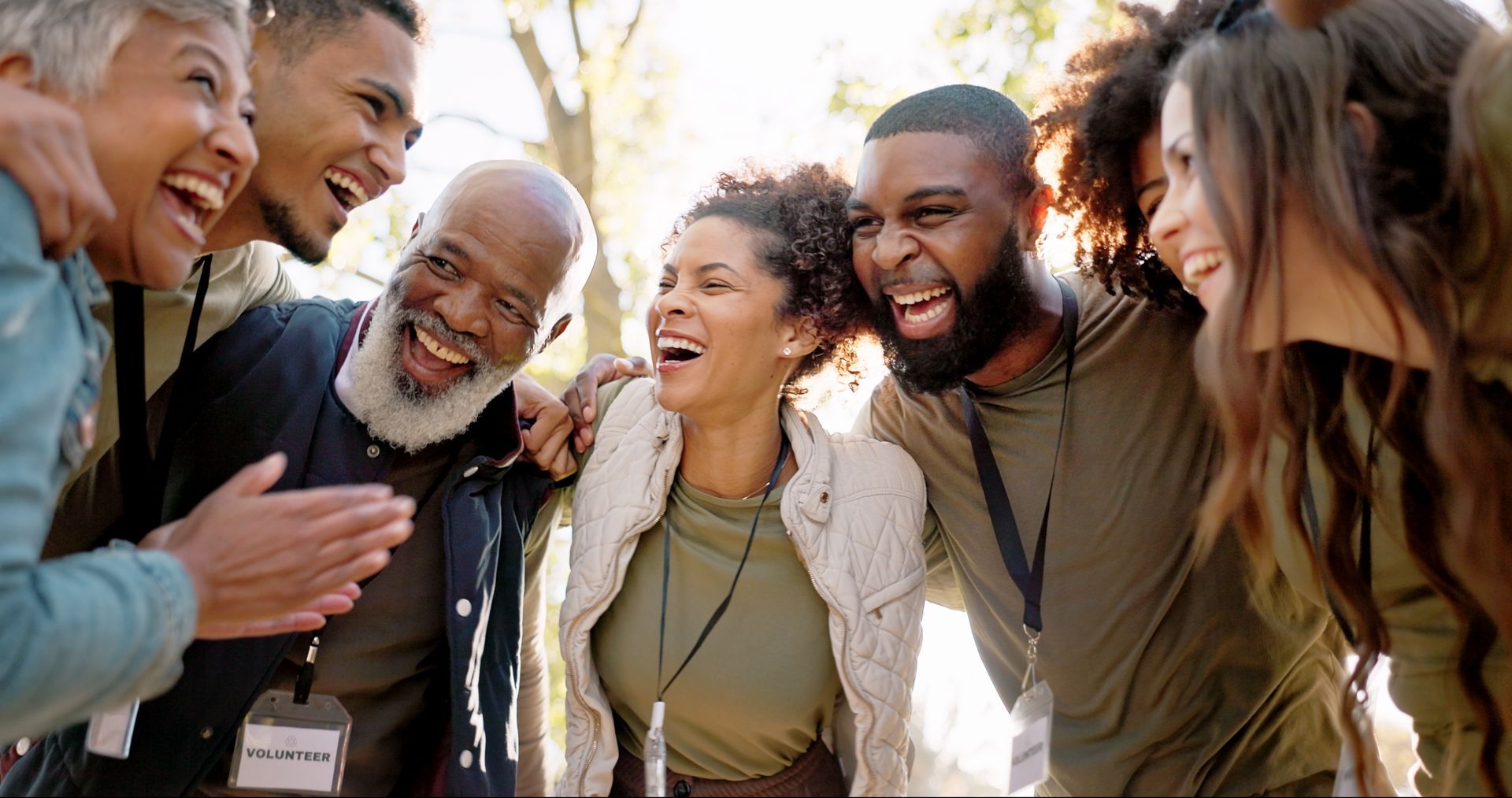Part One: Criminogenic Risk Factors
Recidivism has long plagued America's prison system.
A ten-year study from the Department of Justice in 2018 found that two thirds (66%) of prisoners released were arrested within three years and four out of five were arrested within ten.
Incarceration
The U.S. has the highest incarceration rate in the world. “At the end of 2019, there were just under 2.1 million people behind bars in the U.S., including 1.43 million under the jurisdiction of federal and state prisons and roughly 735,000 in the custody of locally run jails. That amounts to a nationwide incarceration rate of 810 prison or jail inmates for every 100,000 adult residents ages 18 and older,” say the experts at Pew Research Center.
A large body of research has shown that “punishment, incarceration, and other sanctions do not reduce recidivism and, in fact, increase offender recidivism slightly” (GEO Reentry Services).
Re-entry
Recently the federal government announced an initiative that allocates $145 million to developing "reentry plans" for incarcerated persons, which would connect them to resources, such as jobs, housing, and loans upon being released.
Indeed, people who get out of prison need jobs and housing. Education is another important component of promoting successful re-entry.
In fact, research shows that providing educational opportunities to prisoners could be the most effective way to reduce recidivism. When prisoners take some college classes, they are 43% less likely to be re-incarcerated than those who do not. Prisoners who earn an Associate’s degree are around 85% less likely to return to prison, while those who receive a Bachelor’s degree are more than 95% less likely.
Criminogenic Factors
The factors that are most strongly correlated to criminal behavior and are the best predictors of recidivism are called criminogenic risks. Research around criminogenic risks has identified eight factors most strongly correlated with future criminal behavior, such as:
- Antisocial Cognition: The values, beliefs, feelings, and cognitions that contribute to personal identity that favor and reinforce criminal behaviors. Cognitive thinking errors like self-interest, minimization of prosocial activities, denial of responsibility for behavior, and deviant thoughts about criminal activity are included.
- Antisocial Personality: These are patterns of impulsive sensation-seeking behaviors, risk-taking, manipulation, exploitation, low self-control, easily persuaded by environmental or situational factors, and little constraint from risky or criminal behavior. These people can be habitually deceitful, irresponsible, aggressive, violent, impulsive, and have little remorse for their mistreatment of others.
- Antisocial Peers/Associates: Preferences for association with pro-criminal peers.
- Antisocial Behavior: Exhibits behaviors that are explosive, aggressive, or harmful behaviors towards others.
- Family Disfunction: Family conflicts, stressors, and displays of antisocial values in the family can contribute to an individual’s negative and harmful ways of thinking and acting.
- Substance Abuse: Use and abuse of alcohol and/or drugs.
- School/Work Issues: Poor performance in school and limited engagement, and a lack of employment stability/achievement.
- Antisocial Leisure/Recreation: Lack of prosocial leisure activities.
So, what is the answer to the problem of recidivism? “What works” to break the cycle of repeat offending? I believe many currently existing second chance programs are good, but only when they are combined with addressing the cognitive and emotional factors that lead to criminal behavior in the first place and that encourage individual behavior changes.
What Works for Recidivism
One could reason that programs that are designed to target more than one of the factors on the above list would be most likely to reduce recidivism.
GEO Reentry Services explained in their “What Works” publication that, of the eight listed above, the three that have the most significant impact on future recidivism are antisocial cognition, antisocial personality, and antisocial associates; these should be considered the primary intervention targets. Because family factors can also be considered a major influence, especially for juvenile offenders, together these are considered The Big Four -- the four most influential criminogenic factors. The next four needs (substance abuse, employment, education, and leisure) are also important, but should generally be considered the secondary targets for intervention, according to GEO Reentry Services.
In the next segment of this series, we’ll talk about how an organization that is working behind bars to combat criminogenic factors is finding success among participants in their program.
Read part two here.










